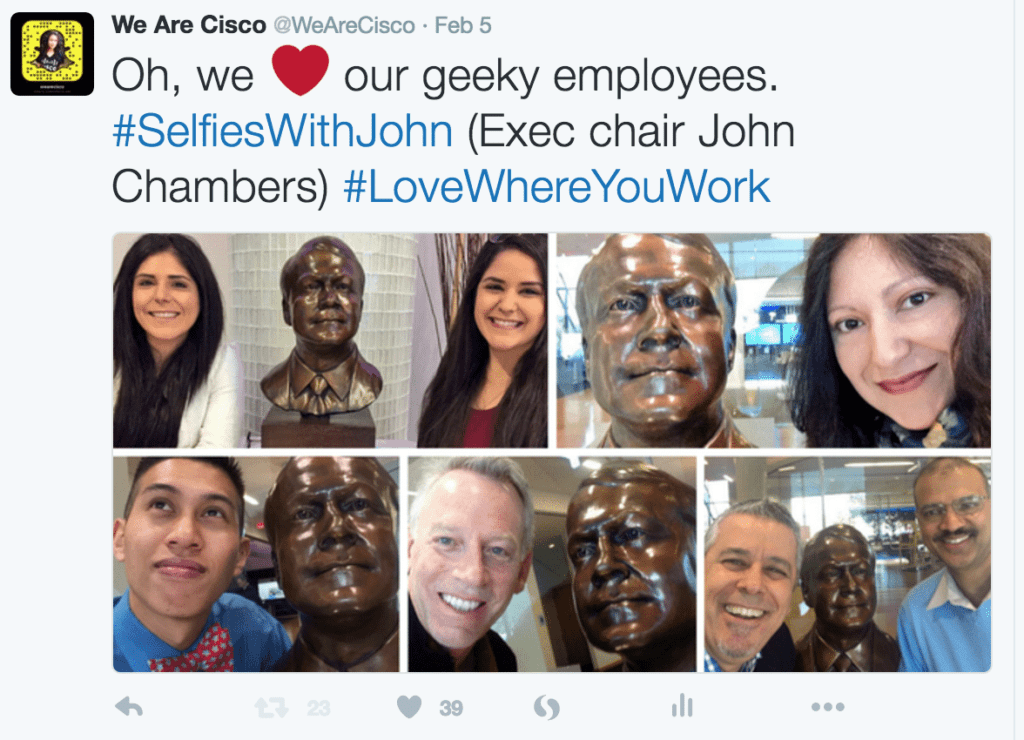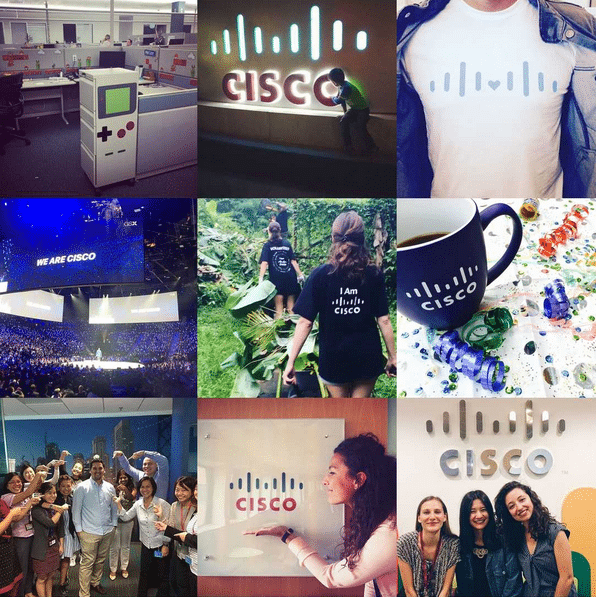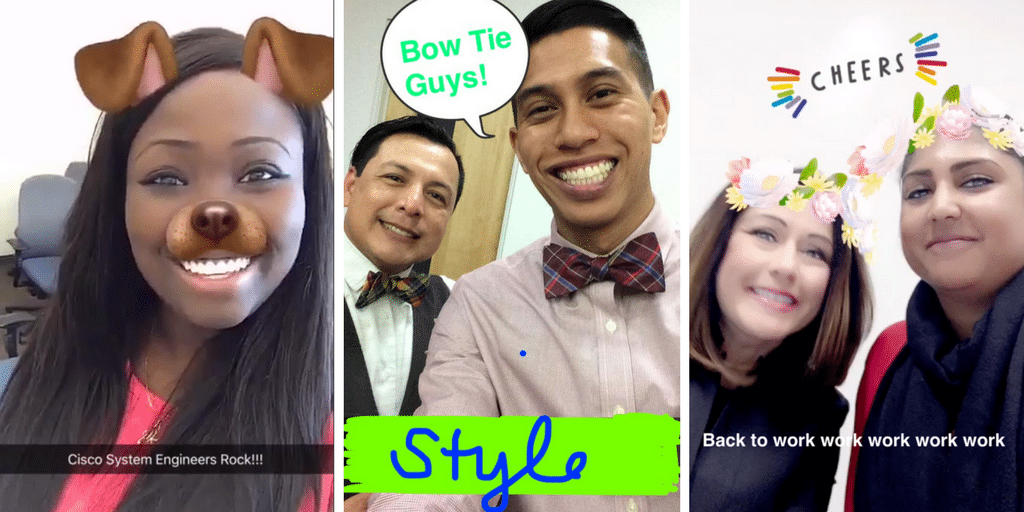

Who do you trust?
At the Social Shake-Up Show in May I asked this question of attendees. Who do you look to for recommendations on things from buying a car to deciding if you should go see Wonder Woman this weekend?
If you take off your marketing hat and put on your human being hat (which shouldn’t really be that different, if you’re doing it right), your answers likely will be the same as those that came from the Nielsen Global Trust in Advertising survey.
A little more than 50% of the people surveyed said they would trust a review site to help them make a decision. Closer to 60% would trust their professional networks for advice; however, an overwhelming 86% said they trust their personal networks. Basically, your family, your closest friends, those you meet for drinks Friday after work, the people who take the yoga class with you—those are whom you look to.
Trust in brands is pretty far down the list and only slightly above trust in government. Especially when you’re talking to members of the millennial and Gen Y generations. They don’t want to be marketed to and they can smell it coming a mile away.
Turn Inward for Recommendations
So what’s a brand to do?
If you consider the fact that personal networks are trusted the most, your best vehicle for sharing a message might just be your brand’s employees.
Their networks trust them more than anyone else.
Need more convincing? The 2017 edition of the Edelman Trust Barometer had a juicy tidbit in all its data, which said employees are trusted more than the CEO of a company by 16 points!
A CEO is expected to say, “My company is great, my products are great, and my people are great.” But the employees, for the most part, don’t have that expectation written into their job description, so their voice on the subject lends a little more authenticity.
No matter what you’re trying to market, whether it be a product, or in the case of my job as the social lead for Cisco’s Talent Brand, a culture or experience, first trusting in your employees to help tell a brand’s story will lend more trust to the story you’re trying to tell.
Now, I’m not just talking about getting employees to share your pre-written tweets and posts to their networks. There’s value in a share, for sure, but the same exact post shared over and over again starts to become noise.

Employees in Their Own Words
No, I’m challenging you to pitch your story to employees and let them be your ambassadors using their words in their way.
The WeAreCisco social media channels have been built from the ground up employing this idea of user-generated content, which we now call employee-generated content.
We could PR our way to a culture story, but that could come back to haunt us the minute it doesn’t live up to the hype. Unlike some companies, Cisco has an employee value proposition that details what the brand aspires for its culture to be, but really, the employees own it. The culture is what the employees say it is.
So instead of creating content full of marketing-speak, we go out onto social media and listen to the #WeAreCisco hashtag to discover the content that employees are creating. Photos, tweets, stories: We reach out and ask employees (as the owners of said content) for permission to use them on our channels. We’ve gone as far as to take this strategy to our new Careers website—every photo on the site is either of an employee or by an employee.

Trust is Key
The metrics back up the strategy. Our social media channels outperform engagement standards (not just in our industry, the standards for the platform for all brands) by anywhere from two to six times or more, depending on the day and the channel. The new website has seen drastic decreases in bounce rate and increases in time on site.
The reason it works is (here’s that word again) trust. It looks authentic, it feels authentic, it’s shared on employee networks, so it’s accepted as a reliable source.

Employee Voices Can Sell The Company
You may be saying, “Well, of course that works for @WeAreCisco. You’re selling culture.”
We’re selling much more than culture; we’re selling the Cisco brand. We’re selling what the company does, how it innovates, the technology it powers and the world it has changed. Candidates are customers and customers are candidates, so by having employees talk about why they love working at Cisco, they are helping sell its products and services along with the experience of life at Cisco.
Here are several keys to our success using employee voices and integrating them into employee networks.
- 1. Trust. As I mentioned earlier, trust is critical. You have to learn to let go of total control to reach the authentic tone.
- 2. Build in process and guidelines for protection. Communicate what is expected—you’ll be surprised (if your employees have bought into what you’re selling) how much they want to please. Avoid building in so much process, though, that there are too many hoops.
- 3. Treat them like the VIPs that they are. A little recognition goes a long way. Share metrics, share results, share insights. They’re an extension of your team.
- 4. Prompt them, but don’t script them. WeAreCisco has a mission for what we want our programs to accomplish. Still, our employee ambassadors directly determine how we get there.
- 5. Have goals. Without goals, you’ll never show success in an employee ambassador program or any program. Measure, rinse, repeat.
It’s also key to this formula that you have something that your employees want to talk about. I can’t tell you how often I’ve heard, “I want our employees to say how much they love this initiative.” My answer always is, “Me too! But I can’t make them love it. It’s got to be something that matters to them.”
There’s no doubt it takes a little trust to get that trust back in marketing value. Not everything will have polish and prose. It may not look glossy and produced, but that might be what adds the most value.
Note: It’s not too early to register for the Social Shake-Up 2018. Please visit http://bit.ly/2ufV0h9 for information.
CONTACT: [email protected]
